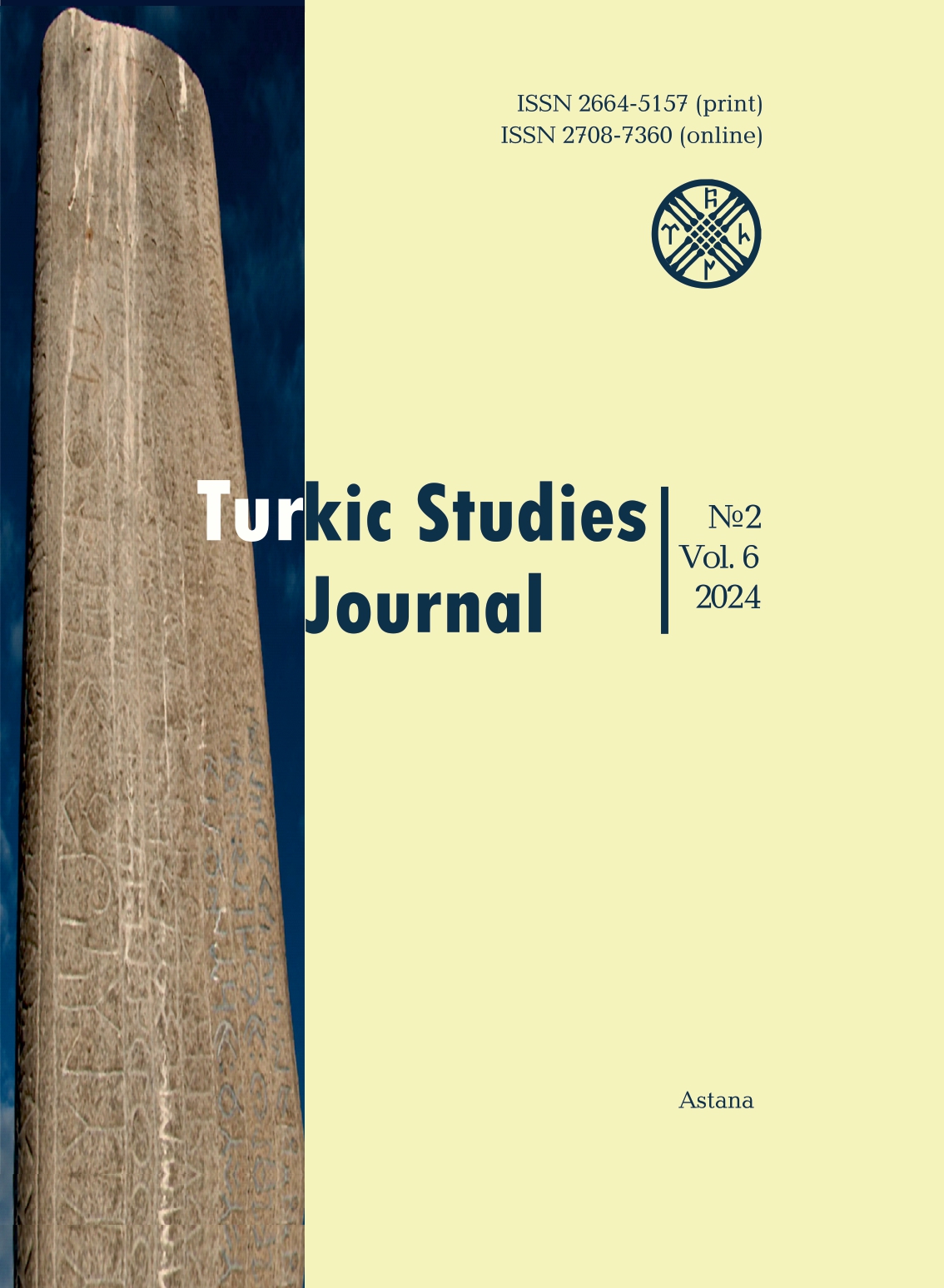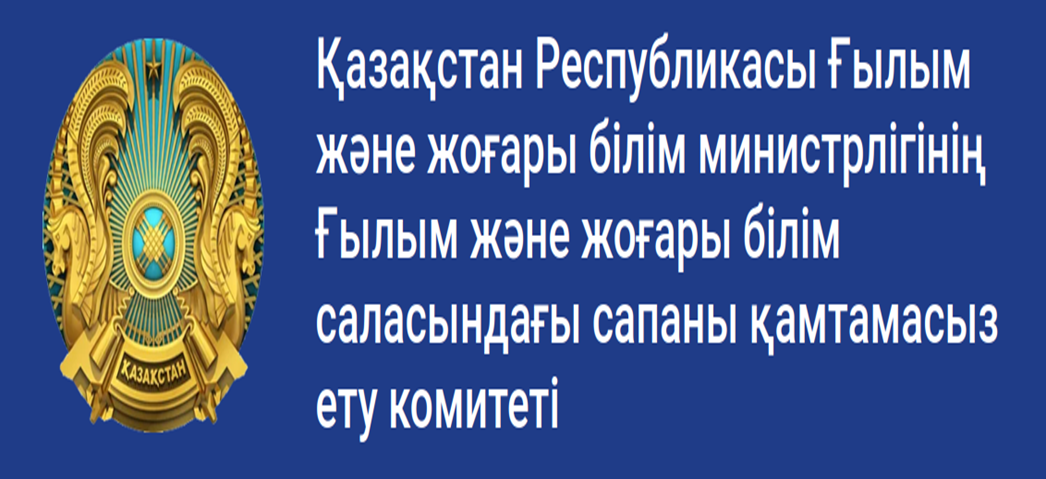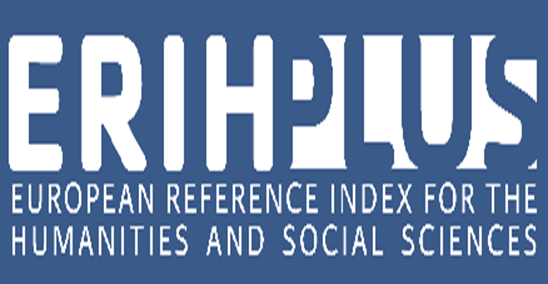The history of the Turkic-Mongol States of the XIII-XIV centuries in a new book written by an American scientist
Views: 245 / PDF downloads: 153
DOI:
https://doi.org/10.32523/2664-5157-2024-2-206-213Abstract
The monograph by the American scientist Stefan Kamola, titled “Making Mongol History: Rashid al-Din and the Jami’ al-Tawarikh” is dedicated to analyzing Fazlallah Rashid al-Din’s historical works on the Turkic-Mongol states and the Central Asian dynasty during the 13th and 14th centuries. Published in 2019, the book offers extensive material on Persian-language sources concerning Genghis Khan and his descendants, including the Hulaguids, Chaghataids, and others who significantly influenced the history of Central and Western Asia in the Middle Ages. Stefan Kamola, a PhD in Oriental Studies and a graduate of the University of Washington, has been studying Persian sources, medieval Iranian history, and the Turkic-Mongol states for a long period. He employs an interdisciplinary approach in his examination of genealogical data. It should be noted that, the work demonstrates a strong focus on source analysis and a comprehensive understanding of diverse source materials. The book effectively integrates illustrative materials such as tables, figures, diagrams, schemes, and maps. While acknowledging contributions from European and American scholars in historiography, it minimally engages with Soviet historiography. Furthermore, there is a lack of works by Kazakh scientists, whose insights could significantly enhance and enrich the content of the monograph.
Downloads
Reference
Jan Jelinowski «Stefan Kamola, Making Mongol History, Rashid al-Din and the Jamiʿ al-tawarikh», Bulletin critique des Annales islamologiques [En ligne], 36 | 2022, mis en ligne le 01 mai 2021, consulté le 22 mars 2022. URL: http://journals.openedition.org/bcai/1085; DOI: https://doi.org/10.4000/bcai.1085 DOI: https://doi.org/10.4000/bcai.1085


























